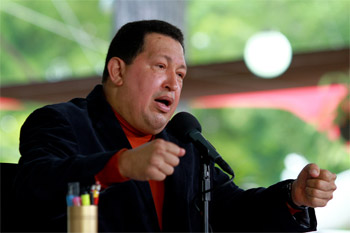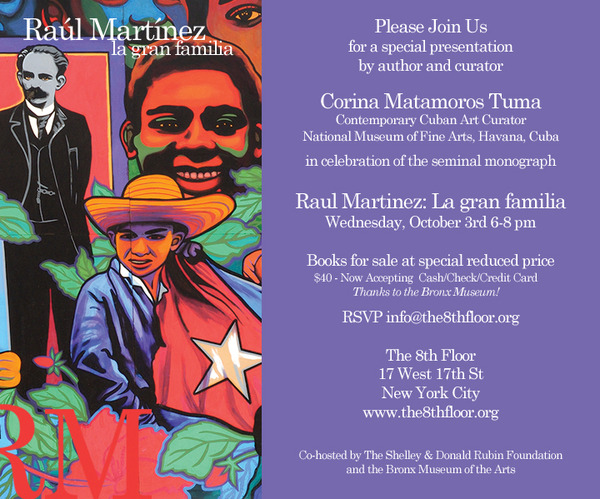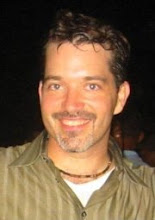Cuba's 2nd city without power, water after Sandy
AP, Monday October 29, 2012
PETER ORSI
Associated Press= HAVANA (AP) — Residents of Cuba's second-largest city of Santiago remained without power or running water Monday, four days after Hurricane Sandy made landfall as the island's deadliest storm in seven years, ripping rooftops from homes and toppling power lines.
Across the Caribbean, the storm's death toll rose to 69, including 52 people in Haiti, 11 in Cuba, two in the Bahamas, two in the Dominican Republic, one in Jamaica and one in Puerto Rico.
Cuban authorities have not yet estimated the economic toll, but the Communist Party newspaper Granma reported there was "severe damage to housing, economic activity, fundamental public services and institutions of education, health and culture."
Yolanda Tabio, a native of Santiago, said she had never seen anything like it in all her 64 years: Broken hotel and shop windows, trees blown over onto houses, people picking through piles of debris for a scrap of anything to cover their homes. On Sunday, she sought solace in faith.
"The Mass was packed. Everyone crying," said Tabio, whose house had no electricity, intermittent phone service and only murky water coming out of the tap on Monday. "I think it will take five to ten years to recover. ... But we're alive."
Sandy came onshore early Thursday just west of Santiago, a city of about 500,000 people in agricultural southeastern Cuba. It is the island's deadliest storm since 2005's Hurricane Dennis, a category 5 monster that killed 16 people and did $2.4 billion in damage. More than 130,000 homes were damaged by Sandy, including 15,400 that were destroyed, Granma said.
"It really shocked me to see all that has been destroyed and to know that for many people, it's the effort of a whole lifetime," said Maria Caridad Lopez, a media relations officer at the Roman Catholic Archdiocese in Santiago. "And it disappears in just three hours."
Lopez said several churches in the area collapsed and nearly all suffered at least minor damage. That included the Santiago cathedral as well as one of the holiest sites in Cuba, the Sanctuary of the Virgin del Cobre. Sandy's winds blew out its stained glass windows and damaged its massive doors.
"It's indescribable," said Berta Serguera, an 82-year-old retiree whose home withstood the tempest but whose patio and garden did not. "The trees have been shredded as if with a saw. My mango only has a few branches left, and they look like they were shaved."
On Monday, sound trucks cruised the streets urging people to boil drinking water to prevent infectious disease. Soldiers worked to remove rubble and downed trees from the streets. Authorities set up radios and TVs in public spaces to keep people up to date on relief efforts, distributed chlorine to sterilize water and prioritized electrical service to strategic uses such as hospitals and bakeries.
Enrique Berdion, a 45-year-old doctor who lives in central Santiago, said his small apartment building did not suffer major damage but he had been without electricity, water or gas for days.
"This was something I've never seen, something extremely intense, that left Santiago destroyed. Most homes have no roofs. The winds razed the parks, toppled all the trees," Berdion said by phone. "I think it will take years to recover."
Raul Castro, who toured Cuba's hardest-hit regions on Sunday, warned of a long road to recovery.
Granma said the president called on the country to urgently implement "temporary solutions," and "undoubtedly the definitive solution will take years of work."
Venezuela sent nearly 650 of tons of aid, including nonperishable food, potable water and heavy machinery both to Cuba and to nearby Haiti, which was not directly in the storm's path but suffered flash floods across much of the country's south.
Across the Caribbean, work crews were repairing downed power lines and cracked water pipes and making their way into rural communities marooned by impassable roads. The images were similar from eastern Jamaica to the northern Bahamas: Trees ripped from the ground, buildings swamped by floodwaters and houses missing roofs.
Fixing soggy homes may be a much quicker task than repairing the financial damage, and island governments were still assessing Sandy's economic impact on farms, housing and infrastructure.
In tourism-dependent countries like Jamaica and the Bahamas, officials said popular resorts sustained only superficial damage, mostly to landscaping.
Haiti, where even minor storms can send water gushing down hills denuded of trees, listed a death toll of 52 as of Monday and officials said it could still rise. Prime Minister Laurent Lamothe has described the storm as a "disaster of major proportions."
In Jamaica, where Sandy made landfall first on Wednesday as a Category 1 hurricane, people coped with lingering water and power outages with mostly good humor.
"Well, we mostly made it out all right. I thought it was going to be rougher, like it turned out for other places," laborer Reginald Miller said as he waited for a minibus at a sunbaked Kingston intersection.
In parts of the Bahamas, the ocean surged into coastal buildings and deposited up to six feet of seawater. Sandy was blamed for two deaths on the archipelago off Florida's east coast, including a British bank executive who fell off his roof while trying to fix a window shutter and an elderly man found dead beneath overturned furniture in his flooded, low-lying home.
---
Associated Press writers Anne-Marie Garcia in Havana, David McFadden in Kingston, Jamaica, and Jeff Todd in Nassau, Bahamas, contributed to this report.











